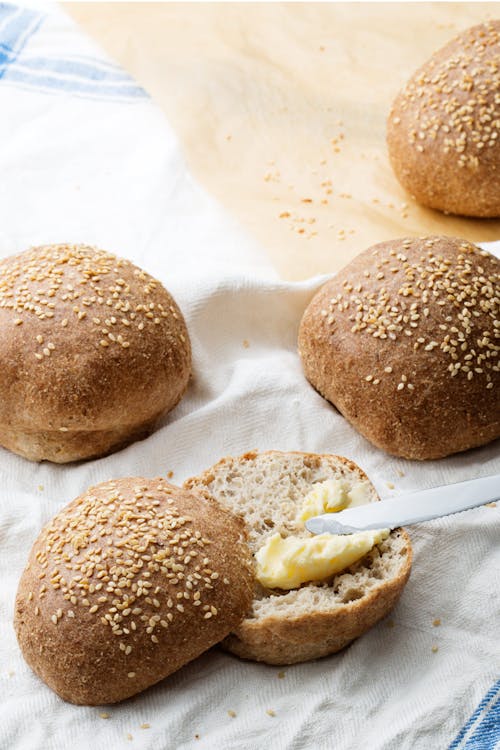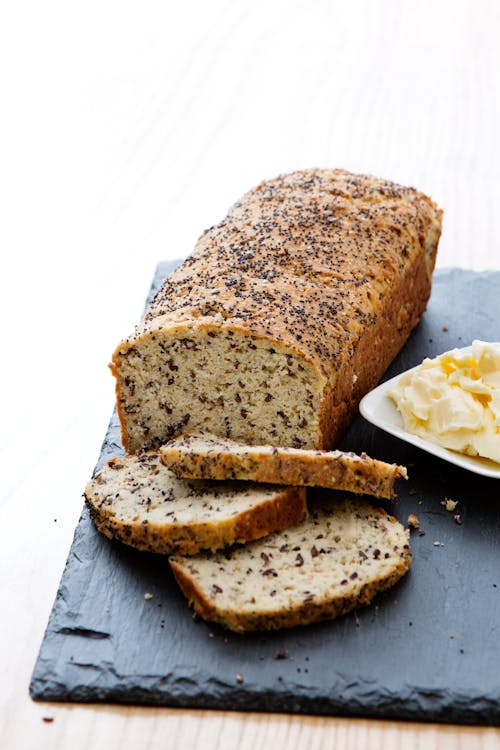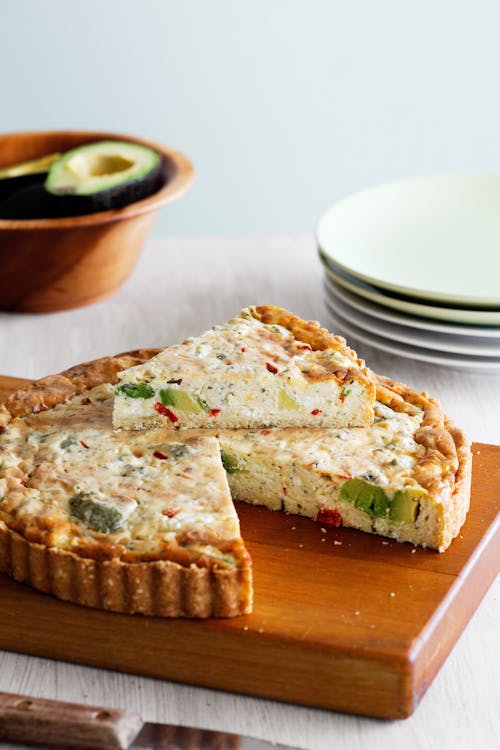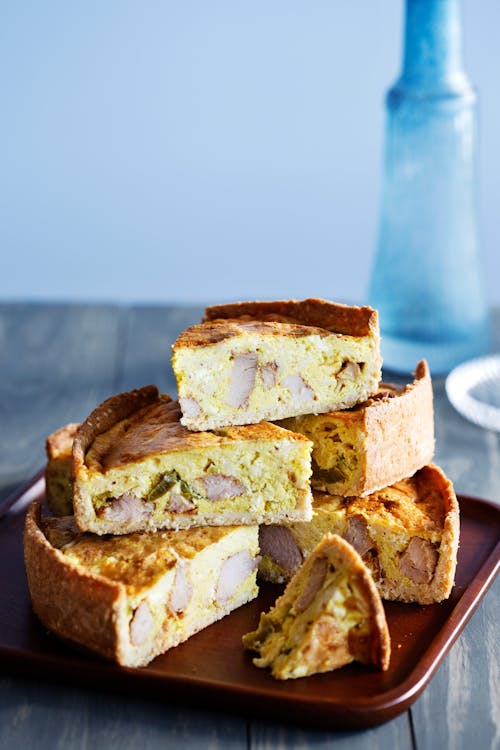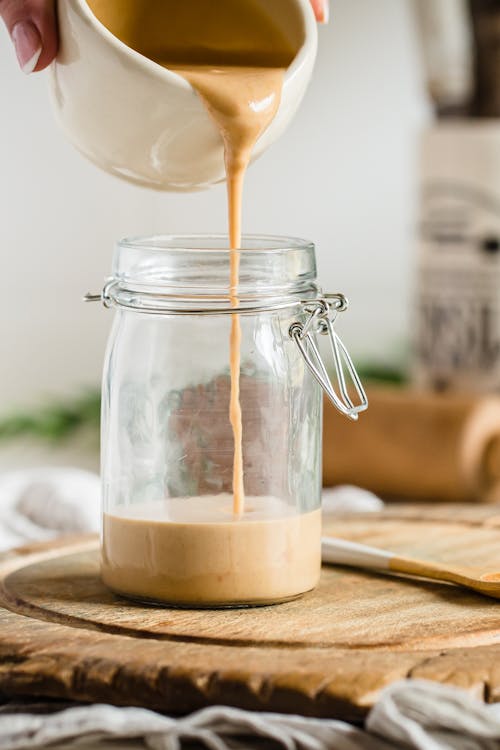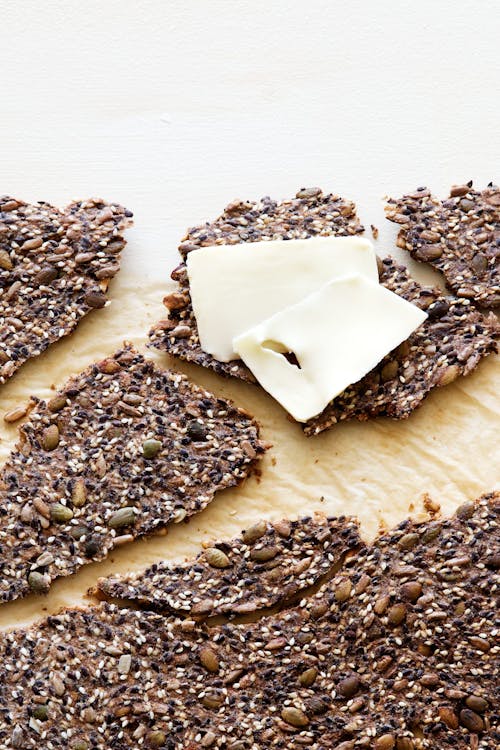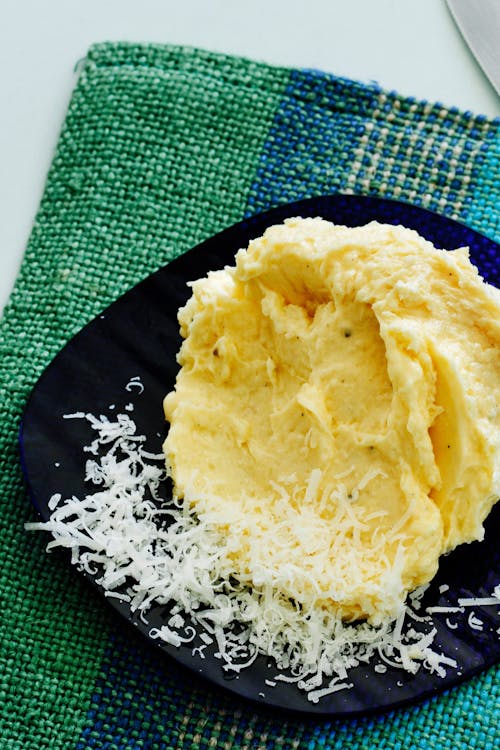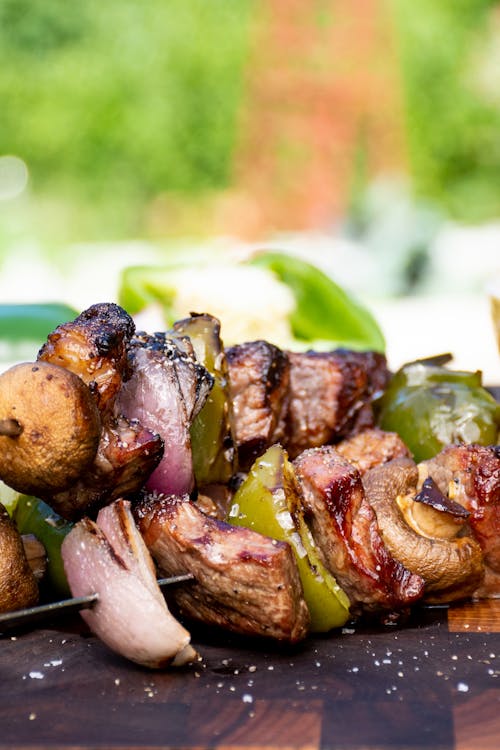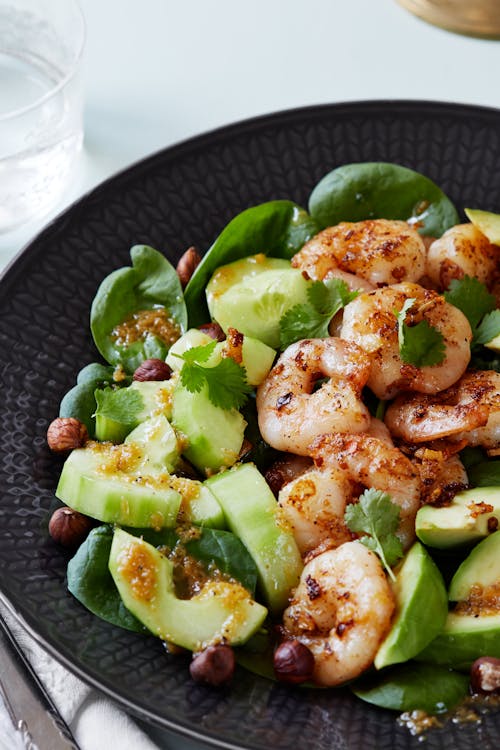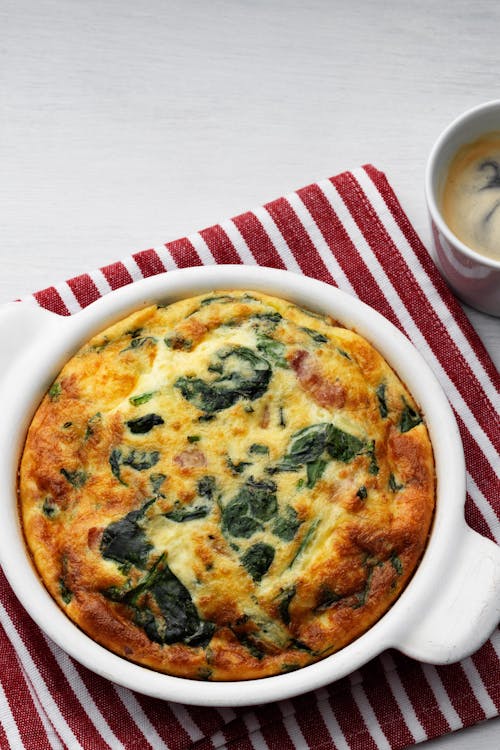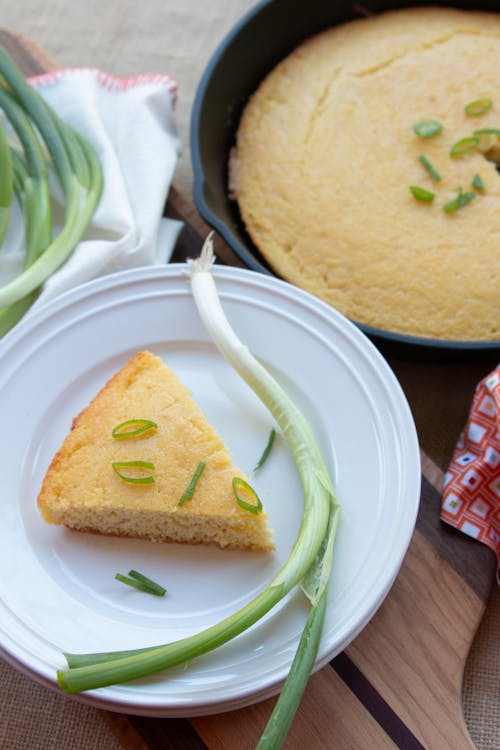Almond flour
What is almond flour?
Almond flour is a gluten-free nut flour that should consist of nothing but ground blanched (no skin) almonds. It’s often used as a low-carb substitute for wheat flour in bread and other baked goods.
How to use it
In the low-carb kitchen, almond flour is a common ingredient in all kinds of baking. As almonds don’t contain gluten, a dough made with it won’t act like traditional dough. For example, it won’t rise with yeast. When using it in baking, you’ll need something to help absorb and bind liquid. The most common ingredients used for this are ground psyllium husk powder, protein powder, and/or eggs. The first two can be bought in health stores or online if you can’t find them in your grocery store.
Almond flour can also be used as a low-carb breading. Mix with spices and Parmesan cheese to give your chicken, fish, or vegetables a nice crunchy crust.
Things to consider
The amount of carbs in almonds can vary significantly depending on origin, yield, soil, amount of sun, etc. but often end up between 4-8 grams of net carbohydrates per 100 gram. As always, checking the label is a good idea.
Almond flour can be viewed as a natural ingredient that is fairly low in carbs. But consider that when ground and used in bread, the number of grams of carb may add up quickly.
Almonds also contain high levels of polyunsaturated fats. The omega-6 fatty acids in almonds are typically protected from oxidation by the surface skin and vitamin E. When almonds are ground, this protective skin is broken and when exposed to high temperatures, like in an oven, the nut’s tendency to oxidize is increased. This could potentially be unhealthy if consumed often and in large amounts.
Where to get it
You can get almond flour in most grocery stores and health stores these days, or order it online.
If you’re into DIY, you can make your own at home from scratch, by grinding whole blanched almonds into a fine flour. Using a coffee or spice grinder usually works best. Be careful not to grind them for too long or the nuts will release their fat and you´ll end up with almond butter. This is great-tasting nut butter, but perhaps not what you were going for when making almond flour. ⅓ cup of almonds yields roughly ½ cup almond flour.
Substitutes
If you’re allergic or don’t like the nutty flavor of almonds, you can replace it with coconut flour but not in equal amounts. 1 cup of almond flour can be substituted for ⅓ cup of coconut flour. You might also need to add additional eggs.
Below you’ll find some of our top recipes using almond flour. The Diet Doctor recipe team wishes you happy cooking!
Recipes with almond flour
Bread
Pies
More tasty treats
More
For even more ideas on what to eat, please see all of our low-carb recipes
For more information about low-carb and keto diets, check out our guides:

